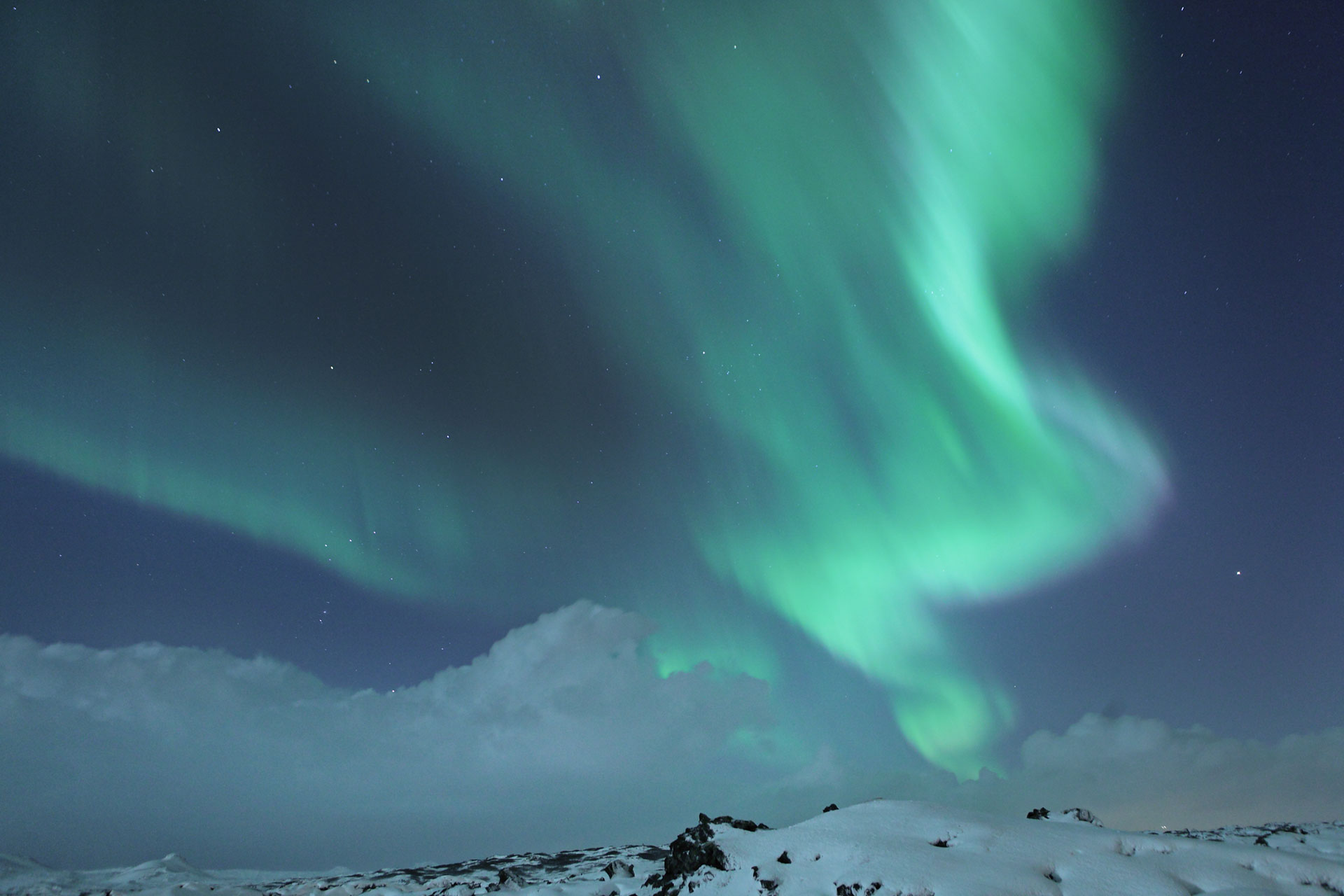So the decision has been made - you’re going to Iceland. You’re planning a trip of a lifetime whether it’s your first time or you're an Iceland junkie returning year on year. The question is: when is the best time to visit Iceland? The answer’s right here. Work out what you want to do, then find out from this ultimate guide when to do it. If you’re looking for the best adventures Iceland has to offer in the optimal month, look no further than Icelandic Mountain Guides, the adventure travel and tour expert in Iceland.
What is the best month to go to Iceland?
Most people think summer is the best time of year to visit Iceland because that’s when you’ll experience the warmest temperatures. It’s certainly good for hiking and sea-life cruises. But if you think you need warm weather to enjoy an outdoor spa, think again. There’s something heavenly about soaking in thermal waters in shimmering rain or snow.
Ultimately, it all depends on what you want to experience. It’s not easy to see the northern lights over the longest days of the summer when it barely gets dark. Snow activities are best experienced in winter. Trekking in autumn hues or the returning green of spring is lovely without the crowds. Here’s the lowdown.
What month is best to see the Northern Lights in Iceland?
The long, dark cloudless nights in winter give you the best opportunity for seeing the northern lights or aurora borealis. Seek out a clear, still winter night away from light pollution. March and September are often quoted as good months for solar activity. To find out more, head over to Icelandic Mountain Guides’ blog Is Winter the Best Time to Visit Iceland to See the Northern Lights?
So you want to make the best of your chances. Join a northern lights hunt with experts, who can quickly take you to the best locations. There’s nothing more magical than watching the dance and colour of the aurora on a snowy winter’s night. Even more magical is the four-day winter adventure tour of the Golden Circle with Mountain Guides Iceland, taking in
Thingvellir National Park, the magnificent waterfall of Gullfoss, the world famous Geysir hot spring, the black sand beaches and waterfalls of Seljalandsfoss and Skógafoss. Soak in a hot tub, snow-shoe and hike along a glacier. In the majestic landscapes of southwest Iceland, catching sight of the northern lights is an out-of-this-world experience. Short on time? Book the glacier walk and northern lights combo day trip.








































